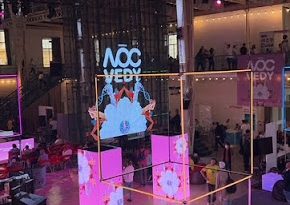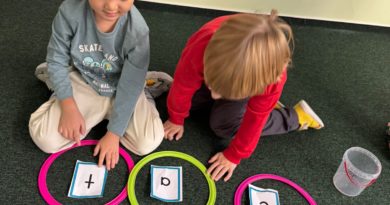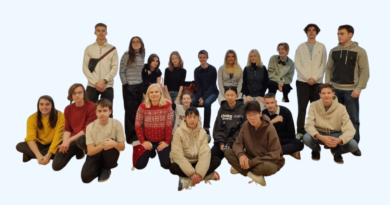What’s in a Name? (Or a Unit?)
An interesting question came up at our recent Introduction to the MYP presentation. Are units too long? My immediate answer was that in my experience as both a teacher and a student, our 8-week units are fairly average. As I thought about it afterward, though, I began to wonder if everyone understands what we mean by unit.
In the MYP, and in many non-IB schools as well, a unit is not merely a chapter in a book. It is a set of learning experiences and tasks built around a particular topic or theme. It may involve a book chapter, or parts of several chapters, or none at all. It might be created around a novel, a mathematical operation, or a theatrical genre. It can include a variety of subtopics and related themes, as well as subject-specific skills and information. Each unit is also just one part of a much larger picture; teachers work with what we call “vertical articulation,” which just means that each subject area is planned out across all five years of the MYP. Teachers decide which themes and skills they will cover in which year and how they all fit into the program as a whole.
This is difficult to explain in the abstract, so let’s use a fairly simple example. In Phase 1 German, we have a unit called Mein Schulalltag/My School Day. This unit covers the obvious vocabulary: school supplies, school subjects, days of the week, etc. At the same time, however, it includes an introduction to basic grammar: regular verbs, definite and indefinite articles, and plurals. Additional topics include telling time, basic adjectives, and snack foods. Students practice their listening and writing skills and learn about schools in German-speaking countries.
More complex topics still work in the same way. An I&S unit on pioneers and innovators, for example, could include information on the people, their discoveries/inventions, and their place in time. Students might analyze the Industrial Revolution in the USA and the UK, then practice their research and writing skills by choosing a modern innovator to compare to someone they’ve already studied. Along the way, there could be discussions about what makes an innovator or why some cultures are more likely to produce them, as well as history, geography, and maybe even demographics, all in the context of the theme of the unit.
And all of that in only 8 weeks.




